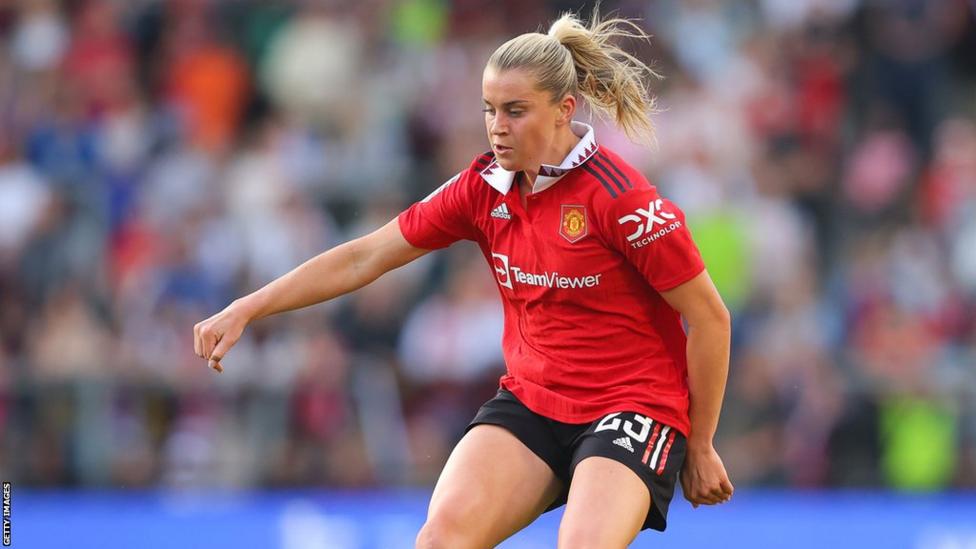

Turnovers appear to be random events previous work concluded that roughly equal parts chance and talent accounted for year-over-year variations in turnover differential for a given team. Less than 3% of passes are intercepted, and less than 1% of run plays end in fumbles being recovered by the defensive team. In statistical terms, turnovers are rare events. Turnovers may be caused by any number of factors, including physical collisions, mistakes in play execution or lapses in player concentration. One analysis of multi-season game outcomes found that teams having a single turnover less than their opponent were victorious 70% of the time. Turnovers disrupt the momentum of the offensive team, and represent lost opportunities to advance downfield and score.Ī positive differential turnover margin in a given game is a significant predictor correlated with winning that game. Interceptions occur when a defender catches a pass or fumble that does not touch the ground. A fumble is any act other than passing, handoffs, or legally kicking the ball, which results in a loss of possession from offense to defense. Turnovers in the National Football League (NFL) occur whenever a team loses possession of the ball due to a fumble, or an interception. To the author’s knowledge, direct prediction of turnovers has not previously appeared in the literature, which has focused on retrospective statistical analyses of turnover margin in football games. This investigation contributes to the sports science literature by demonstrating the predictability of in-game events often considered to be essentially random in their occurrence. The ability to anticipate catastrophic in-game events may lead to their management and control, ultimately improving the performance of individual athletes and their teams. When a turnover is predicted on the impending play from scrimmage, a high degree of confidence is associated with that prediction. Under certain conditions, both fumbles and interceptions can be anticipated at low false discovery rates (less than 15%). Results presented suggest evidence to support the working hypothesis.
TURNOVER FOOTBALL SCORE FULL
Machine learning models are developed to learn the concept: At any point within a football game, what is the likelihood that a turnover will be observed on the next play from scrimmage? NFL play-by-play data for 32 teams spanning seven full seasons were used to train the models. This investigation advances the hypothesis that turnovers are predictable in NFL football. These characteristics make them difficult to predict. Turnovers are statistically rare events, occurring apparently randomly.

Teams with a positive differential turnover margin in a given game win 70% of the time.

Turnovers disrupt momentum of the offensive team, and represent lost opportunities to advance downfield and score.


 0 kommentar(er)
0 kommentar(er)
